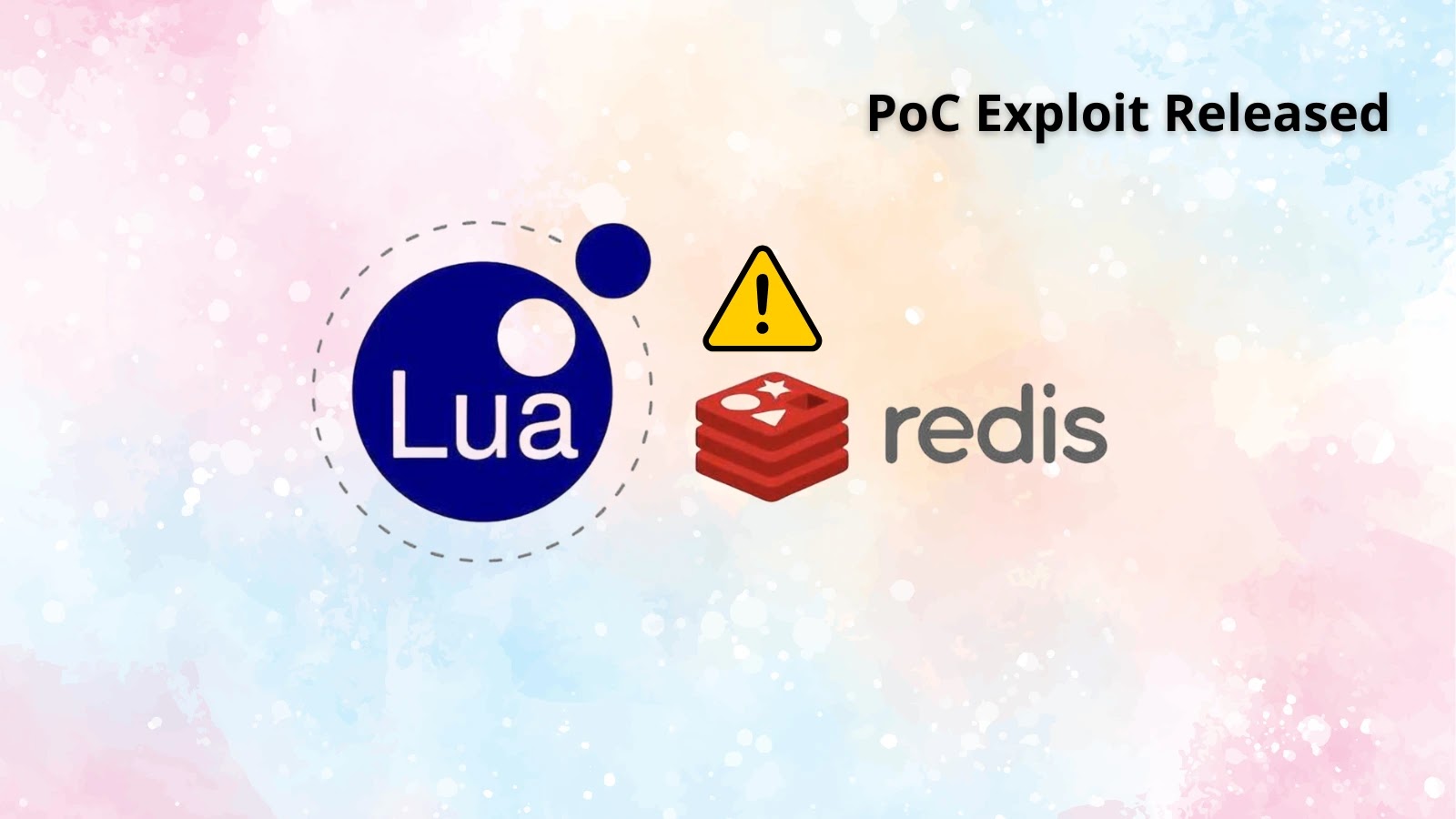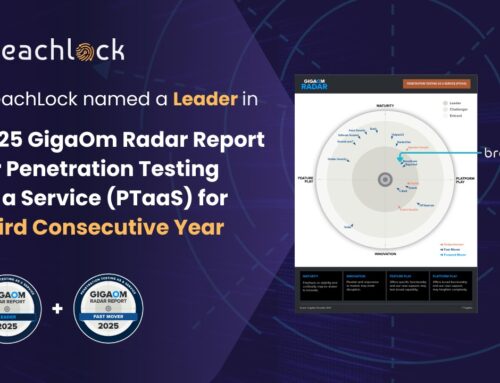
PoC Exploit Released for Critical Lua Engine Vulnerabilities
A storm is brewing in the cybersecurity landscape, directly impacting organizations reliant on Redis. Three critical vulnerabilities have been unearthed within the Lua scripting engine of Redis 7.4.5, collectively posing severe risks of remote code execution (RCE) and privilege escalation. Alarmingly, a detailed proof-of-concept (PoC) exploit has been made public by Redrays, escalating the immediate threat. This development necessitates urgent attention and proactive remediation from IT professionals, security analysts, and developers worldwide.
Understanding the Critical Redis Lua Engine Vulnerabilities
The disclosed vulnerabilities, while distinct in their underlying mechanisms, all converge on the Lua scripting engine embedded within Redis. This engine is a powerful feature, allowing for complex, atomic operations, but its compromise opens a direct path to the heart of the Redis instance and potentially the underlying system.
Use-After-Free Flaw (CVE-2025-49844)
The first significant vulnerability is a Use-After-Free (UAF) flaw, identified as CVE-2025-49844. This class of vulnerability occurs when a program attempts to use memory after it has been freed, often leading to dereferencing invalid pointers. In the context of a scripting engine like Lua within Redis, a successful exploit could allow an attacker to write arbitrary data to arbitrary memory locations, leading to denial of service, information disclosure, or most critically, arbitrary code execution.
Privilege Escalation A and B
While specific CVEs for the privilege escalation vulnerabilities were not detailed in the source, the public PoC exploit indicates the presence of at least two distinct privilege escalation pathways. These highly dangerous vulnerabilities allow an attacker, who may initially have limited access to the Redis instance, to gain elevated privileges. This could include administrative control over the Redis server, or even direct execution of commands on the host operating system, effectively bypassing security controls and leading to a full system compromise.
The Impact of a Public PoC Exploit
The release of a public PoC exploit by Redrays fundamentally shifts the threat landscape for these vulnerabilities. Previously, the vulnerabilities might have been theoretical or harder to exploit. With a readily available PoC, even less sophisticated attackers can now leverage these flaws. This significantly widens the attack surface and increases the urgency for organizations to apply patches and implement mitigations. A successful exploit could lead to:
- Data Breach: Unauthorized access to sensitive data stored within Redis.
- System Takeover: Complete compromise of the Redis server and potentially the host system.
- Service Disruption: Denial-of-service attacks by crashing the Redis instance.
- Reputational Damage: Loss of customer trust and significant financial repercussions.
Remediation Actions
Immediate action is paramount to protect your Redis deployments. Organizations must prioritize the following steps:
- Upgrade Redis: The most crucial step is to upgrade your Redis instance to a patched version that addresses these vulnerabilities. Monitor official Redis releases for the security updates that mitigate CVE-2025-49844 and the privilege escalation flaws.
- Restrict Access: Limit network access to your Redis instances. Only trusted applications and hosts should be able to connect to Redis. Implement strict firewall rules and consider using VPNs for administrative access.
- Least Privilege Principle: Ensure that the user running the Redis process operates with the absolute minimum necessary privileges. Avoid running Redis as root.
- Disable Lua Scripting (If Possible): If your application does not extensively use Lua scripting, consider disabling it or severely restricting its capabilities.
- Monitor Logs: Implement robust logging and monitoring for your Redis instances. Look for unusual activity, failed authentication attempts, and unexpected command executions.
- Regular Security Audits: Conduct regular security audits and penetration tests of your Redis deployments to identify and address potential weaknesses.
Tools for Detection and Mitigation
Leveraging appropriate tools can aid in detecting vulnerabilities and enhancing the security posture of your Redis instances.
| Tool Name | Purpose | Link |
|---|---|---|
| Redis Security Policy | General security hardening guidelines for Redis. | redis.io/topics/security |
| Nessus | Vulnerability scanner capable of detecting known Redis vulnerabilities. | tenable.com/products/nessus-vulnerability-scanner |
| OpenVAS | Open-source vulnerability scanner, can be configured to scan for Redis vulnerabilities. | greenbone.net/en/community-edition |
| Suricata / Snort | Intrusion Detection/Prevention Systems (IDS/IPS) for network traffic analysis and signature-based threat detection. | suricata-ids.org / snort.org |
Conclusion
The disclosure of critical vulnerabilities in the Redis Lua engine, coupled with a public PoC exploit, represents a significant threat to any organization running Redis 7.4.5. The potential for remote code execution and privilege escalation is extremely high, demanding immediate and decisive action. Prioritize upgrading your Redis instances, implement stringent access controls, and maintain vigilance through robust monitoring. Proactive security measures are not merely best practice; they are indispensable in safeguarding your data and infrastructure against these newly exposed threats.





